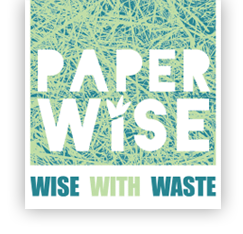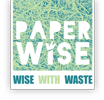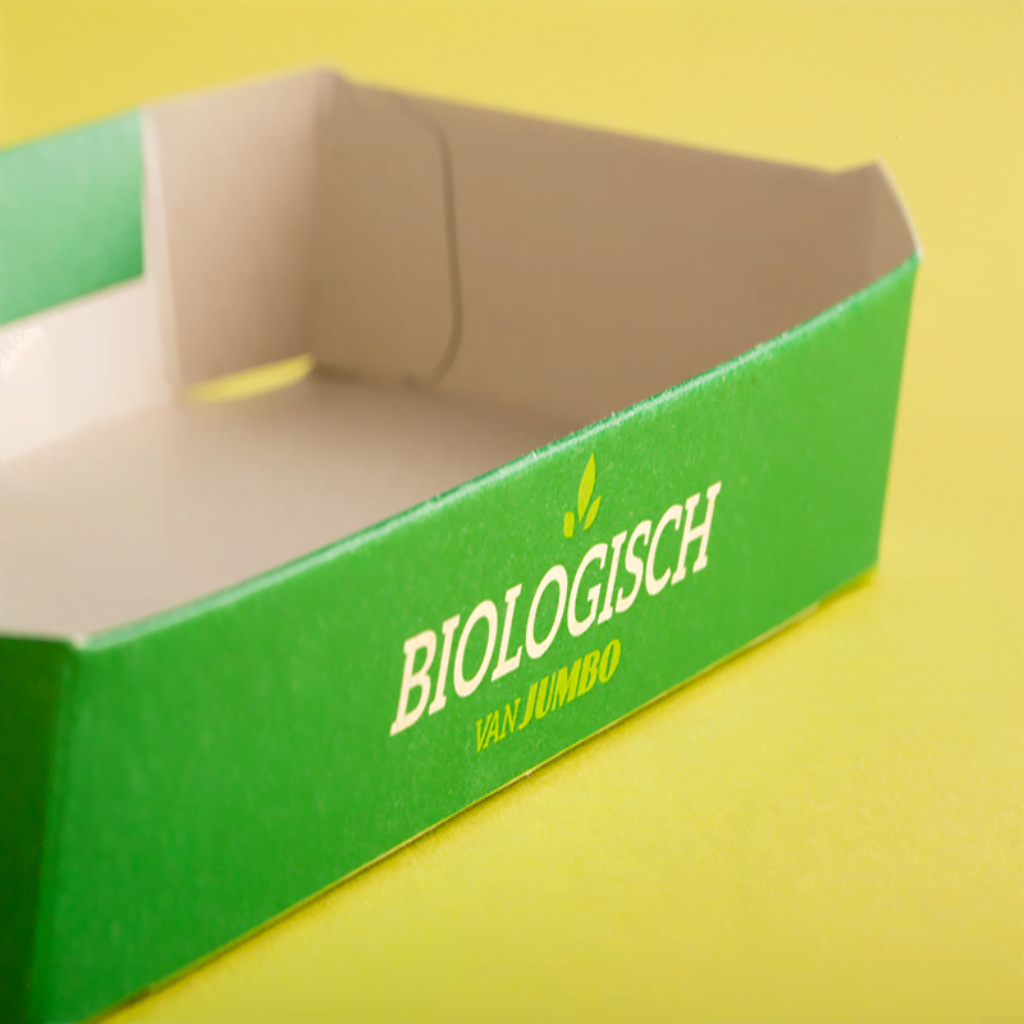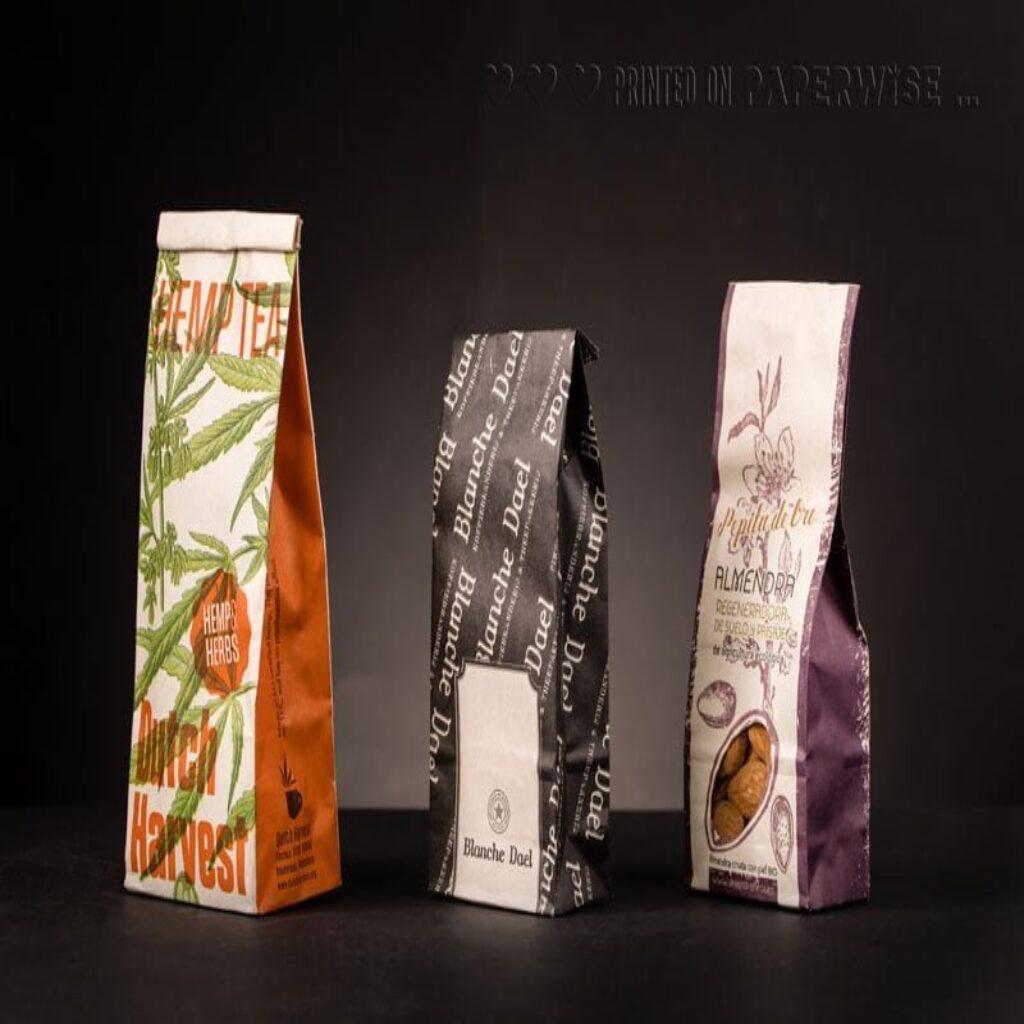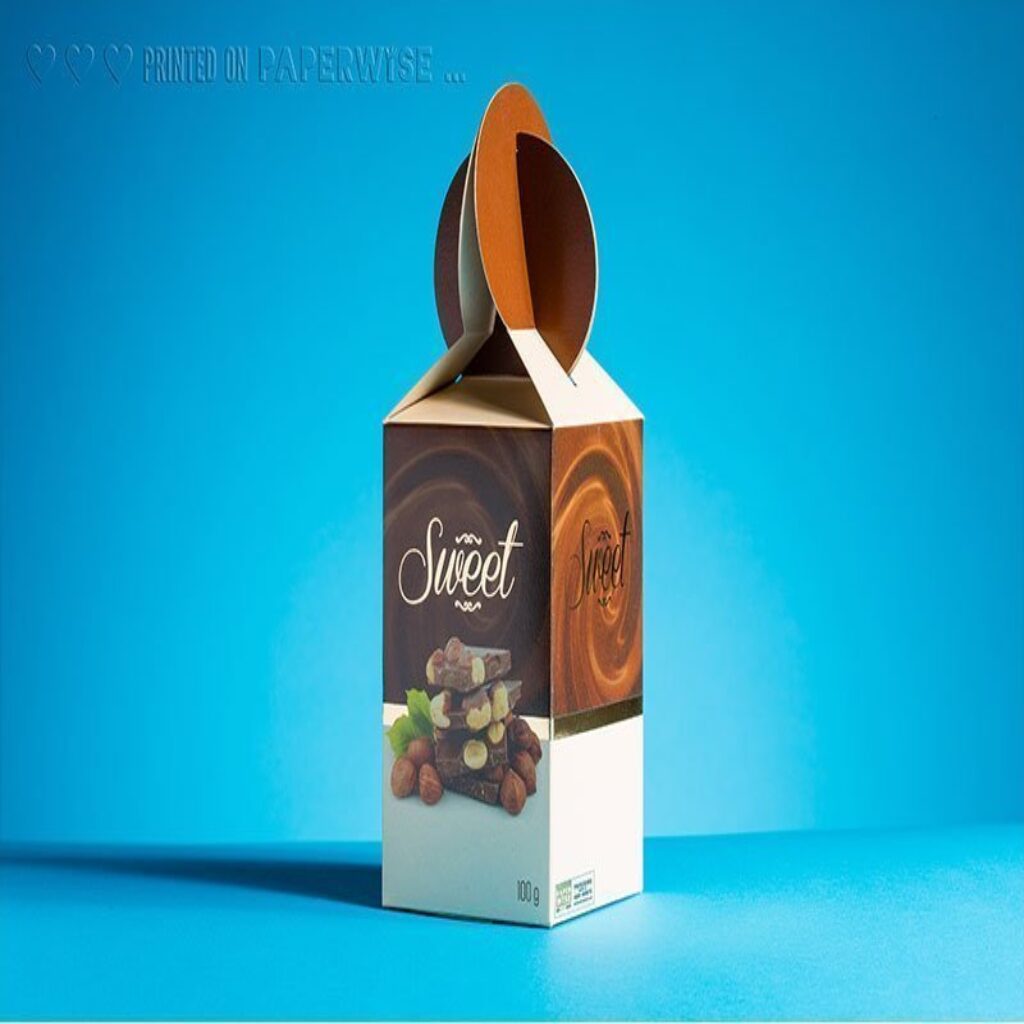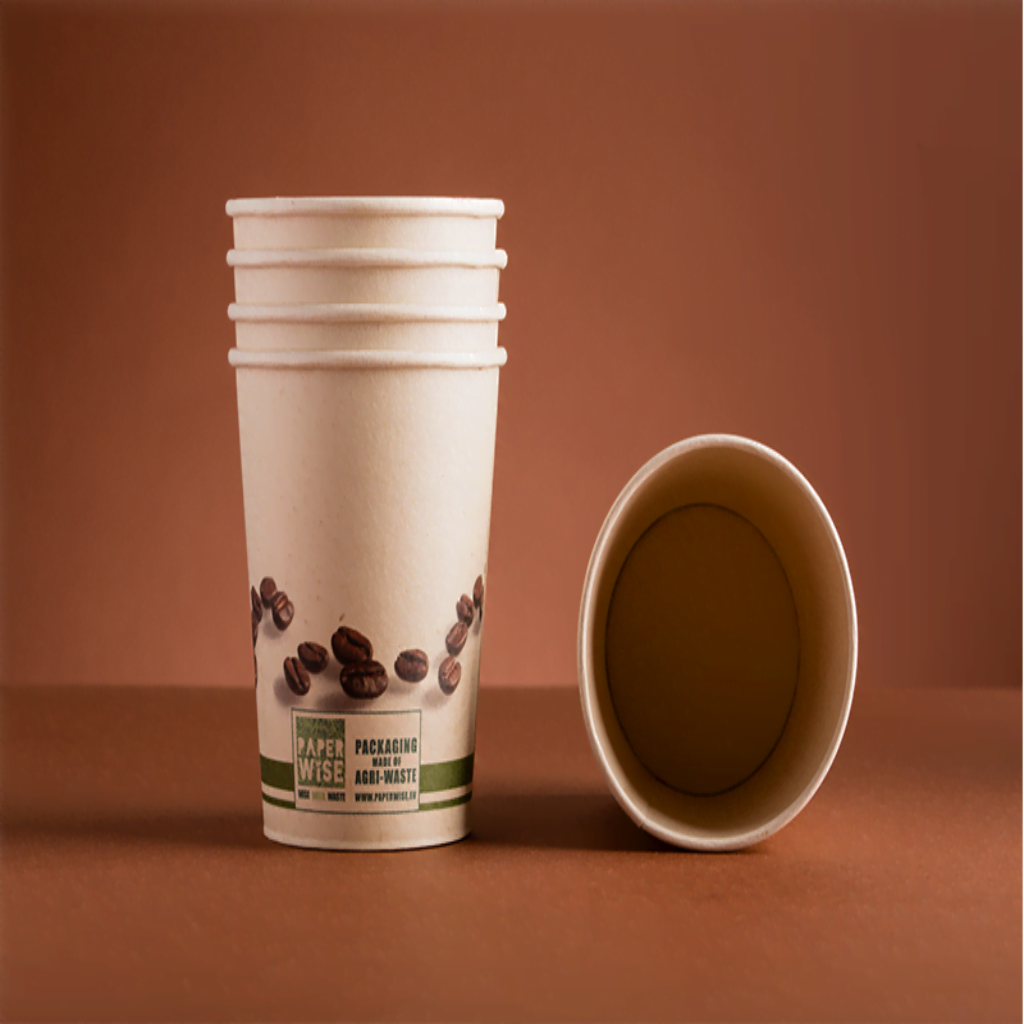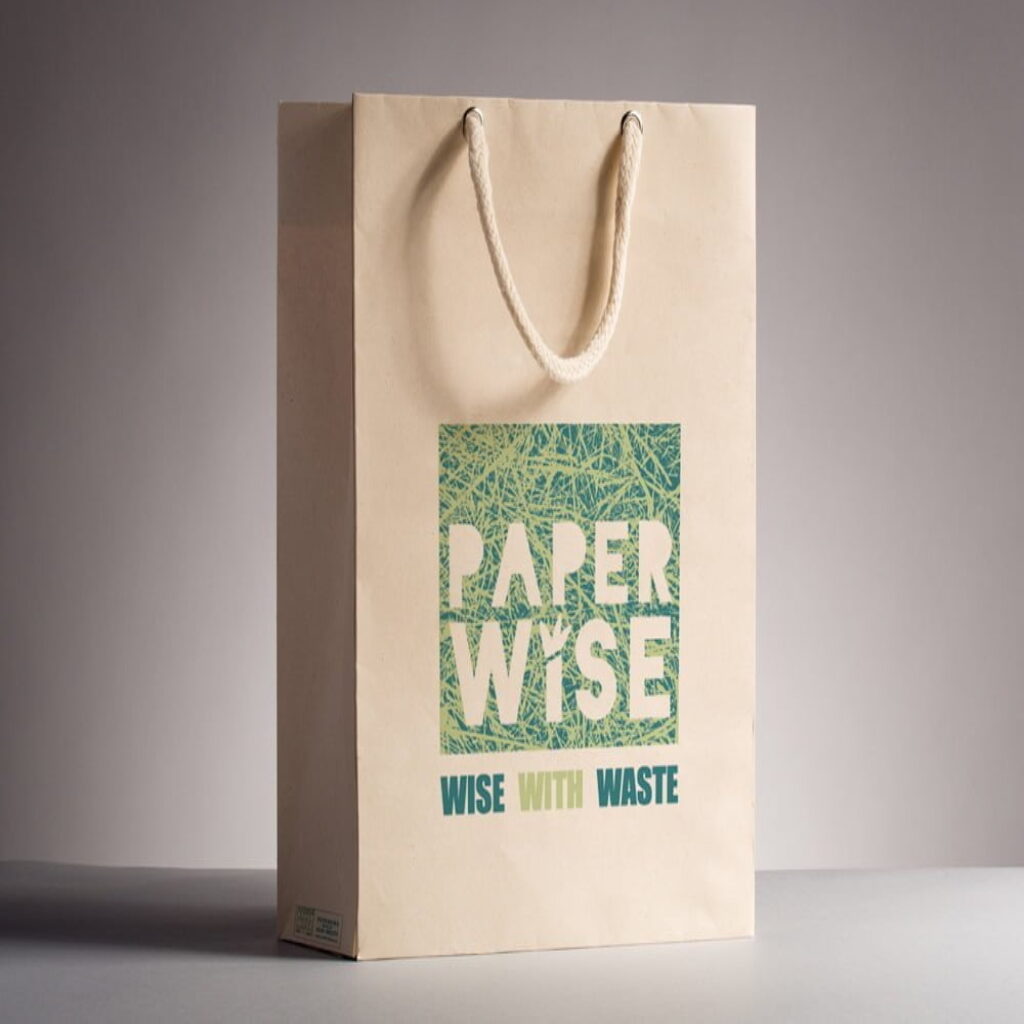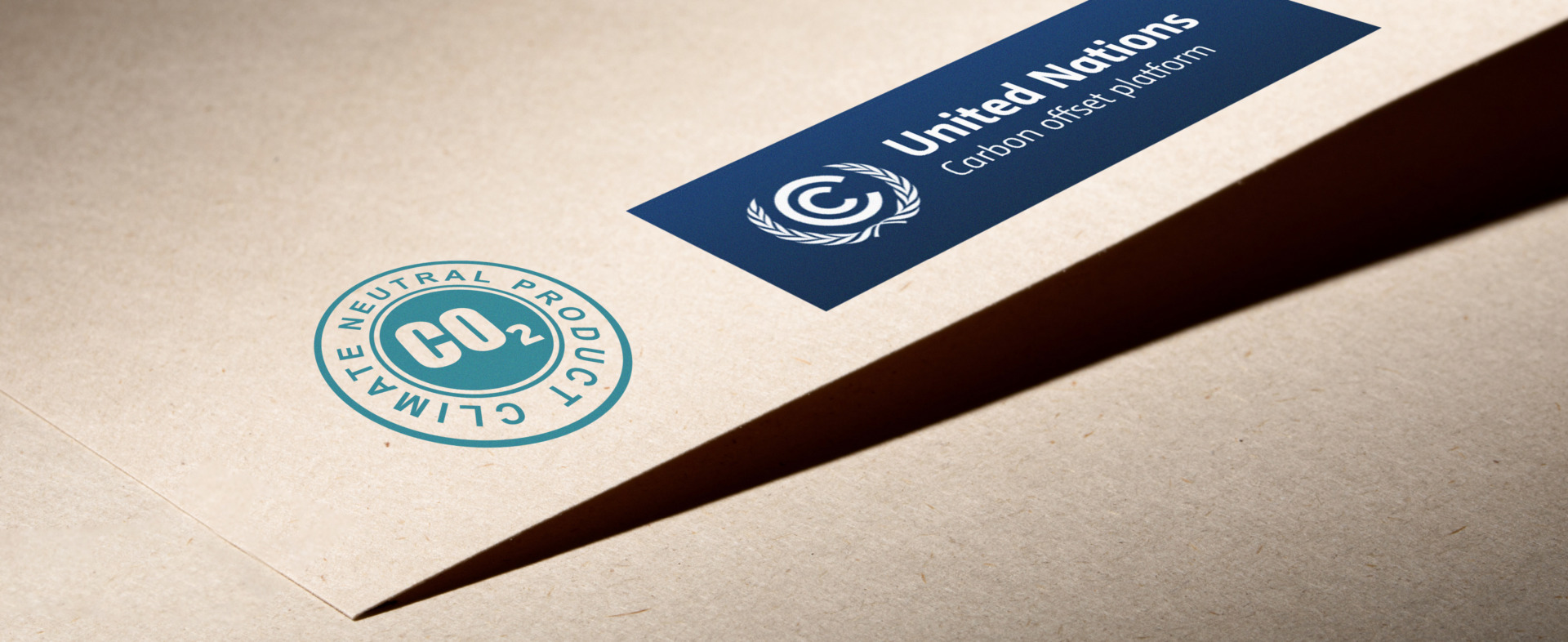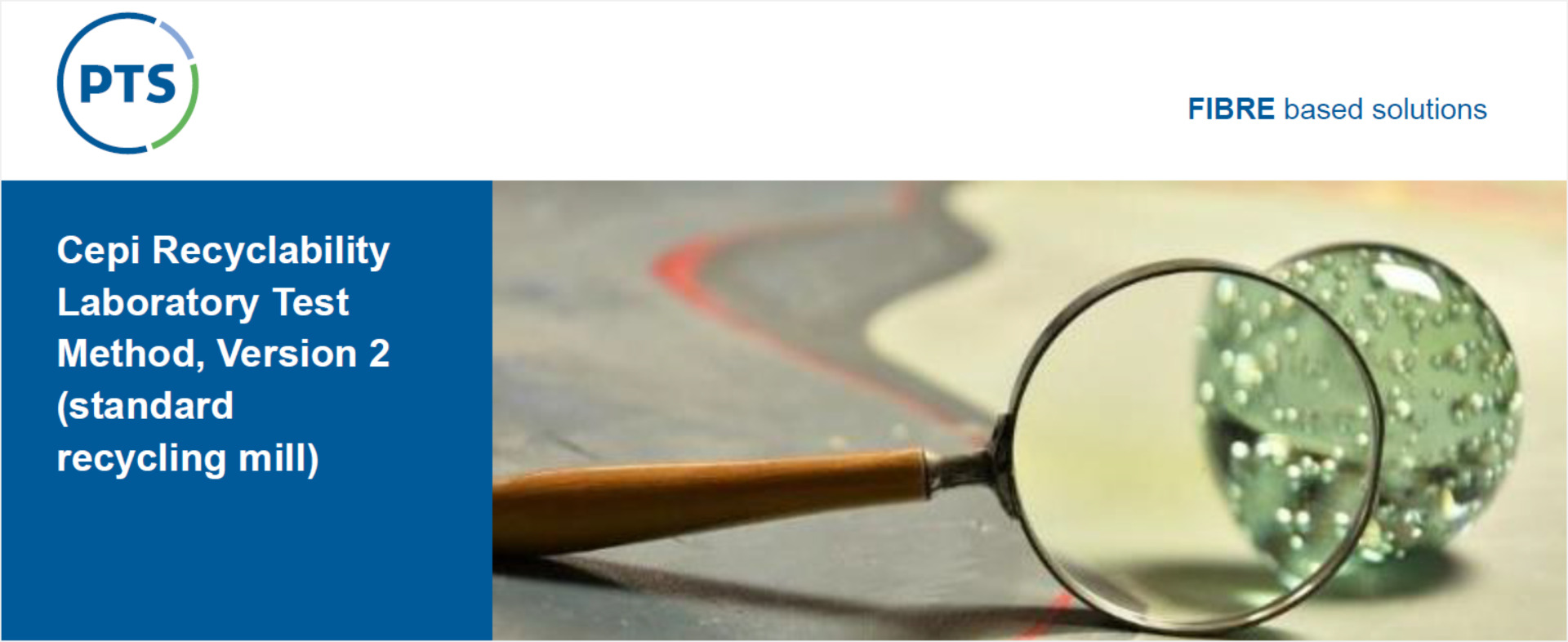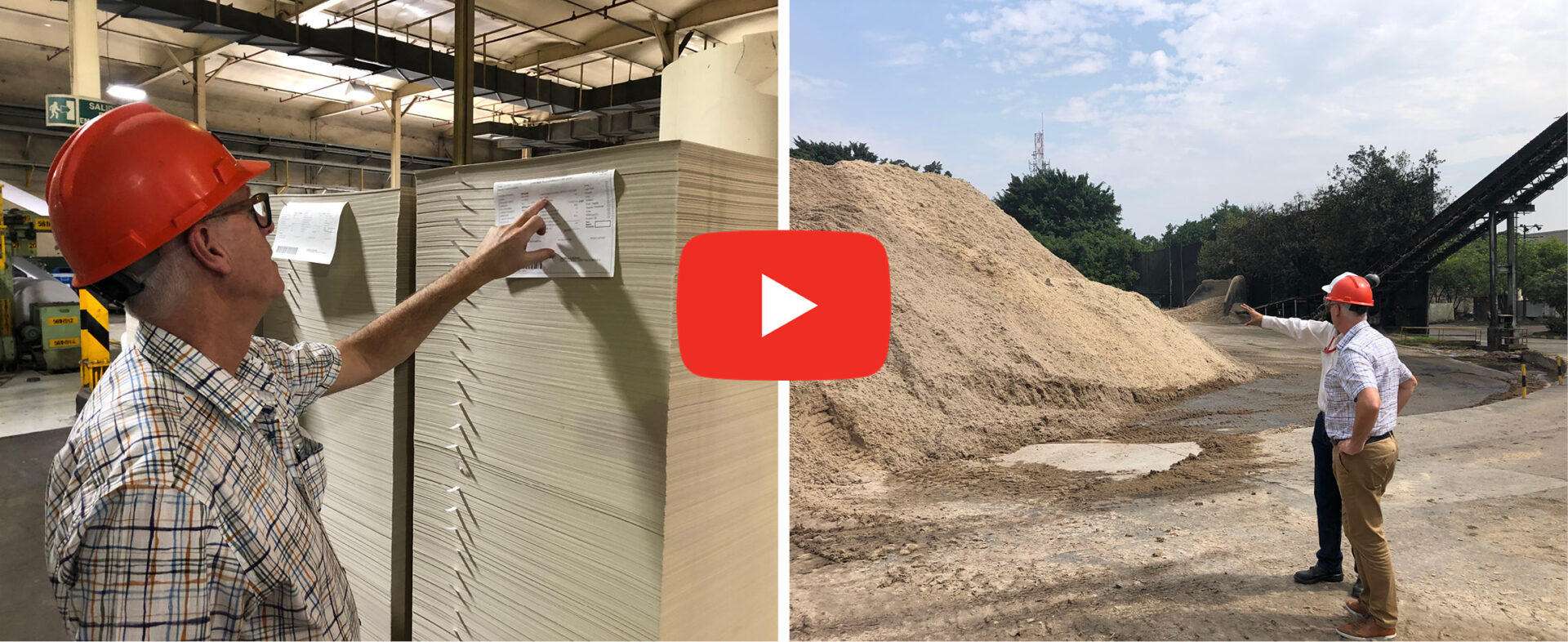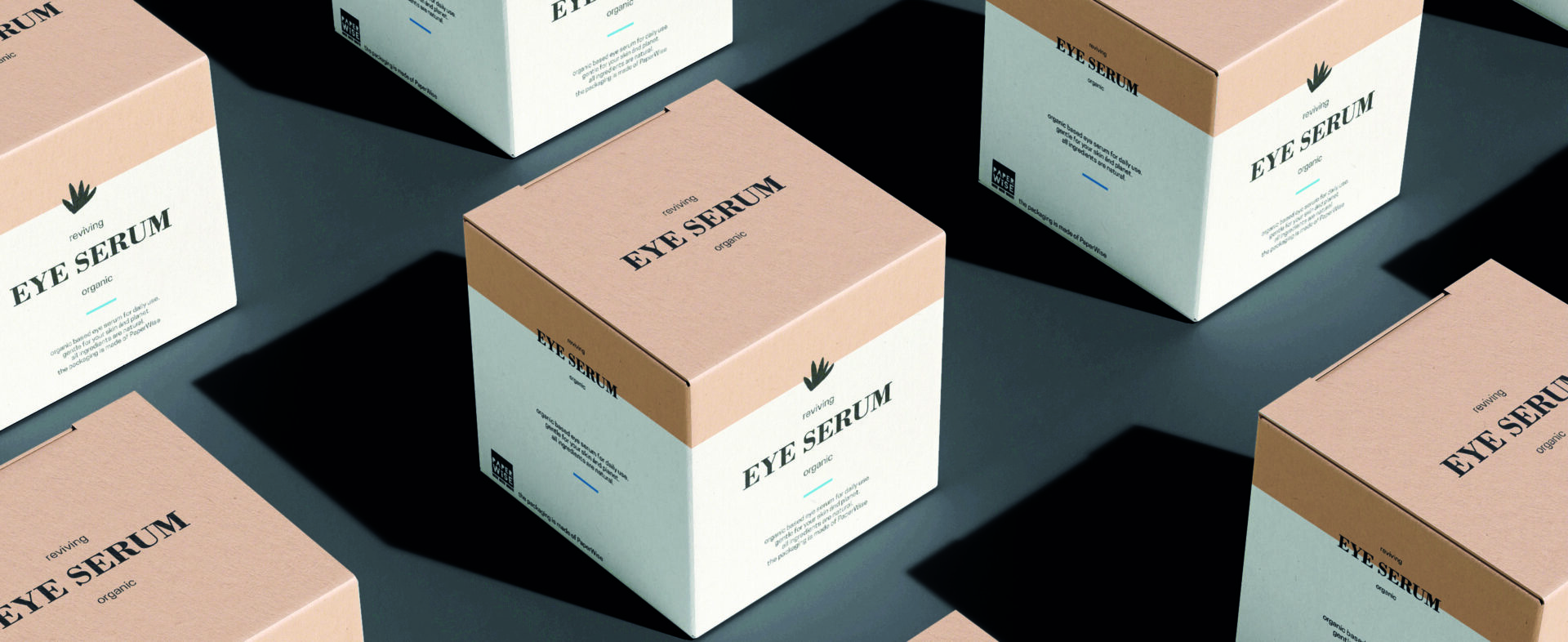
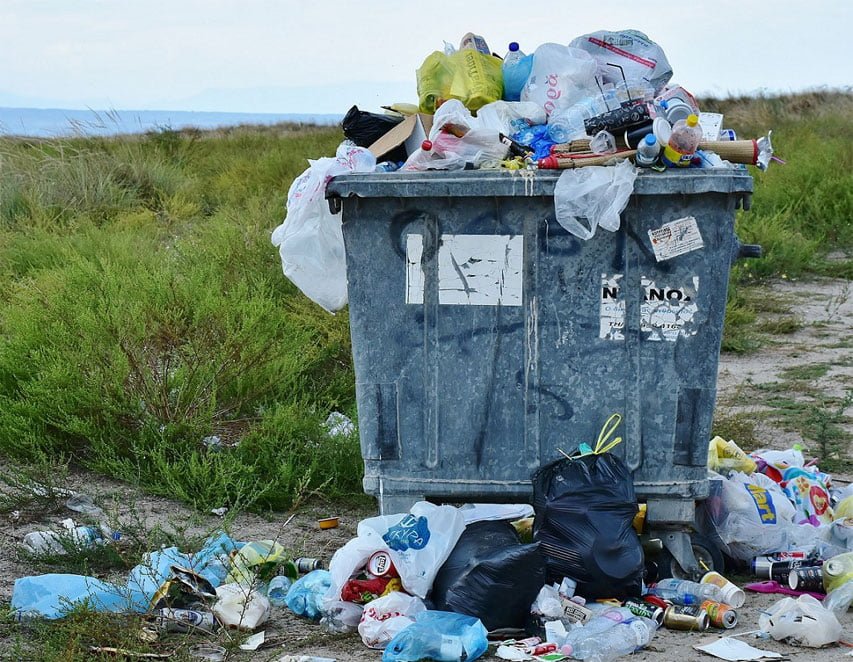
The media are increasingly asking questions about the use of plastic packaging. Companies are currently focused on finding responsible, sustainable, and environmentally-friendly packaging as an alternative. What aspects can you pay attention to if you need your packaging to be responsible, sustainable, and more environmentally friendly?
No packaging
Environmental awareness and the impact of packaging on our environment have greatly increased, so now is a good time for companies to ask themselves a number of questions about their packaging once again. Which items do we package? Why do we package these items? And why did we choose this packaging at the time? Companies can make their first gains by reducing packaging that is excessive or unnecessary. This leads to both environmental benefits and cost reductions.
Sustainable packaging
Packaging will always exist, for logistical protection, to extend the shelf life of the product, or simply to communicate the right message. A great deal of packaging is made of plastic. The big advantage of plastic packaging is the excellent price/quality ratio. In this regard, we should view ‘quality’ in the broadest sense of the word; characteristics, life span, possible uses, the possibilities of printing on it, etc. The disadvantage of plastic packaging is the huge-scale environmental pollution. Waste and litter on land and in the water cause major ecological problems and huge social costs. In addition, oil (the raw material for the production of plastics, in the form of petroleum) is a finite resource and also causes a great deal of environmental and social damage. The oil and plastics sector has not devoted sufficient attention to these social problems and is now paying the price for this on a large scale. This explains the accelerated trend of companies switching to sustainable packaging.
The right raw material
The raw material that is used to make packaging is therefore an essential factor in the degree of sustainability and the consumer image of sustainable packaging. Paper is thousands of years older than plastic. In the current day and age, paper is right on trend and ready to compete with plastic packaging. Paper and cardboard have a natural appeal and touchability. Consumers know that it is a natural product and that it can be recycled. In recent years, more and more types of paper and cardboard have also been certified for composting, something that will never be possible with plastic packaging made from oil.
Paper made from agricultural waste
One amazing innovation within the paper sector relates to the raw material used to produce it. While we are accustomed to paper being made from trees or used paper, paper and cardboard can now also be made from agricultural waste! This includes the stems and leaves left behind after harvesting food crops such as rice, grain, sugar cane, etc. Worldwide, agricultural waste is generally burned at present, but that is no longer necessary. The same plant and area of land can now support two products: food and the raw material for paper. The fast-growing company PaperWise is an organization that produces paper and board from agricultural waste. Independent environmental research has shown that the environmental impact of PaperWise is 47% less than that of FSC paper made from trees and 29% less than recycled paper. It is a fine example for companies wanting to reduce their ecological footprint and make their packaging more sustainable. As a company, this allows you to make a direct contribution to the circular economy as you are giving agricultural waste a second useable life.
Bio-plastic
More and more alternatives to plastics are being launched within the market in the form of bio-plastics. This type of raw material is different from plastic made from oil (petroleum). Bio-plastics are made from renewable raw materials such as agricultural crops and trees. Starch, lactic acid from sugars, and cellulose are the most commonly-used raw materials for bio-plastics. Their properties closely match those of petroleum-based plastic. The applications range from flexible films to hard bio-plastic trays, and they are also suitable for packaging food products. Companies wanting to make advances in the field of sustainable packaging would be well advised to further explore the possibilities of bio-plastics.
Most sustainable packaging
There is therefore no clear answer to the question of what the most sustainable kind of packaging is. The starting point is always your own product. Protection – both in terms of logistics and in terms of shelf life – and communication are the most important characteristics for most companies. Naturally, the new sustainable packaging must also be easy and quick to process in the production facility. Sustainable packaging is now right on trend. So what are you waiting for? Say goodbye to your petroleum-based plastic packaging today!
